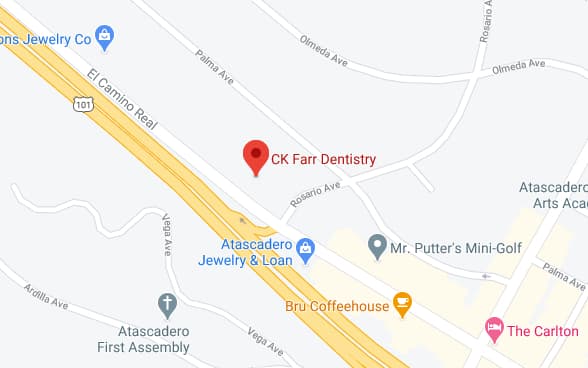Implant-Supported Bridge Procedure
Many factors may influence the implant completion time such as the general health of the individual. It might take approximately five months to complete the lower jaw procedure or seven months to complete upper jaw procedure when the traditional method is used. This process includes all the surgeries and placement of your implant-supported bridge. This process, however, may take even a year or more if a bone has to be built up. Recently, some of the dentists have been mounting the implant and the crown in just a single visit.
A person has to undergo two main surgeries so as to place and prepare for the implant. In the first surgery, the implant will be placed in the jaw then covered with the gum tissue. The dentist will then wait for around three to six months. This will give a humble time for it to heal. After this period, the second surgery will be done to expose the implant so that the bridge can be placed.
Initial Consultation
Before any procedure starts, you should visit a prosthontist (a dental specialist) or the general dentist who will have advanced training in restoration and placement of implants. The dentist will then do a comprehensive examination. He or she will check your dental and medical histories, create an impression of your gums and teeth after taking an x-ray, and in some cases, take a CT scan (computed tomography) of your mouth. This will be used to show the location of the nerves and sinuses. The dentist will use this scan to avoid tampering with the nerves and sinuses when placing the implant.
If the scan and X-ray show that there is less bone in the jaw to hold the implant, the dentist could give you several options. The options are augmentation or grafting the bone to build it up. The bone may be taken from your chin, hip, or mouth. It may also be a processed cow bone or cadaver bone. If you undergo this procedure, it will take around four months before the bone is ready to be implanted.
Implant Placement or The First Surgery.
If bone grafting is not necessary- done in the first month
If bone grafting is needed- done after five months
After the dentist sees that there is enough bone to hold an implant successfully, the first surgery will be done. It will involve placement of a single or multiple implants in the jaw. The oral surgeon or the prosthodontist will do the surgery based on the surgical guide made by the general dentist or the Prosthodontists.
The dentist will then carefully plan for the placement of the implant so that its position can allow the new bridge to look natural.
Your dentist will make a model called wax-up to determine where the implant is going to be placed. He/she will use this model to figure out how the bridge will be like after completion. The dentist will use the impression taken from your jaws and teeth in making this model.
The dentist will then use the wax-up to make a surgical guide. A surgical guide is a clear plastic piece that looks like a mouth guard. It should fit over the existing teeth and extend to the regions with the missing teeth to indicate where the implants should be placed.
The specialist will then wait for three or four months if the implants are in the lower jaw or five to six months if on the upper jaw, after the first surgery before setting for the second surgery. There will be fussing of the implants and bone during this period. The most common implant type is root form implant that serves as the root of the tooth. It is usually placed in jawbone in the spaces left by the missing tooth.
The Second Surgery
The dentist will take an X-ray to determine if a second surgery should be done. There will be a small insertion made in the gums in order to expose the heads of the implant. The healing cap will be placed on the head of the implant after it is exposed. This will guide the gum to heal. The collar will stay in place until the insertion of the temporary bridge.
Restorative Phase
Your dentist will decide the best implant-supported bridge to use. If it is the one held by the screws or the cemented one. If you will use the screw retained bridge, the healing cap will be removed, and then the permanent abutment is screwed in the implant. The temporary bridge will later be replaced by a permanent one after you have tried the framework and it has fitted well. The dentist will then complete the bridge and place it in your mouth.
Welcome to CK Farr Dentistry – Your Trusted Atascadero Dental Office

Atascadero Dental Office Hours
We are closed daily from 1:00 PM – 2:00 PM for lunch.
Dental Office in Atascadero
